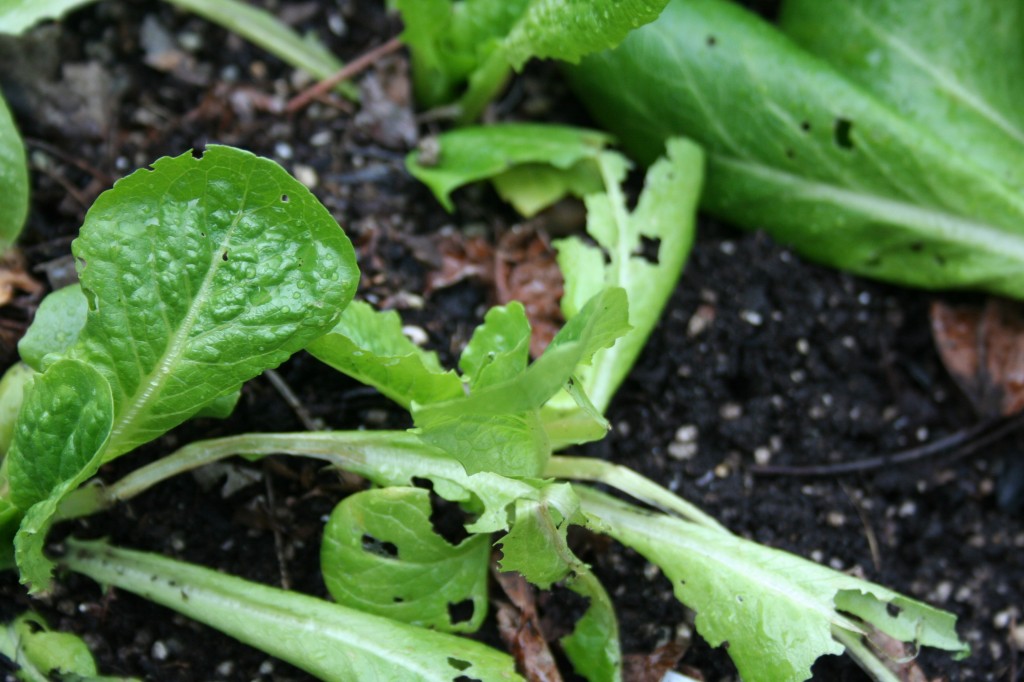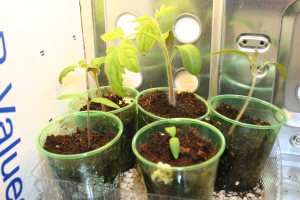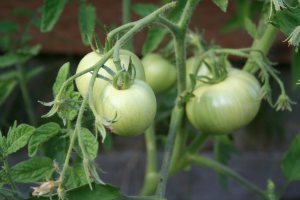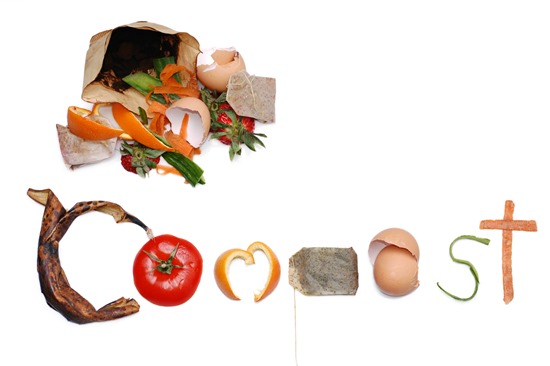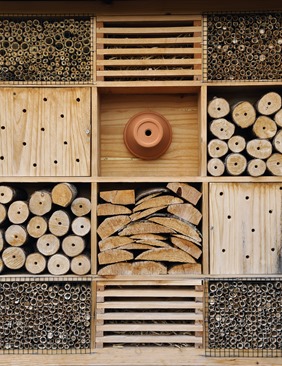How to deal with slugs in the garden
16 years ago slugs 12 Comments
Living in the Pacific Northwest there is no way to get away from these slimy creatures. Last year I only saw a few of these creatures but apparently my veggie plot must have been identified and they told all their friends since I am currently planting my second set of cilantro and lettuce seeds since they ate up my little seedlings.
Now how do I deal with these creatures? The first thing you should do is take care of your plants remove any dead/dying/diseased leaves to not give those slugs a tempting meal and a place to hide. In late spring make sure you turn/rake your soil this will disturb hibernating slugs and expose eggs which should be picked up by birds and/or killed by the first fall frost, which should start your garden to a better start the following season. Until then, here are a few methods to help free your garden from slugs this season:
Copper: Not going into the science but when a slug touches a path covered by copper they will get a tiny electrostatic shock which will deter them to go elsewhere. Now given my garden is surrounded by cinder blocks so attaching copper tape around my garden would be very difficult. The copper strips also can have sharp edges with is bad for slugs but also for me and my little one’s fingers. I have seen copper rings that attach to the underside of pots to prevent them from climbing up, which seems like a viable option if slugs find the contents particular appealing. It may very well be cheaper to throw a few handfuls of shiny pennies around but probably not the most attractive mulch.
Abrasive surfaces: Slugs have very sensitive undersides so laying and abrasive material blocking their path can kill or annoy them enough to head off to another direction. Some choices are broken egg shells, Epsom salts, ashes, coarse sand, and diatomaceous earth marketed for this specific purpose.
Slug traps: There are many methods to bait and kill slugs. Probably the most well known is the beer trap where you poor some beer in a shallow container at ground level where the slugs come in for a drink and drown. Couple others to try is corn meal and grapefruit, apparently they love them but after ingesting it will kill them.
Poison (Snail/Slug bait): Now in many cases this is the most effective method but definitely not the best option for the environment. Most “Snail/Slug bait” contains an ingredient called metaldehyde which a small dosage (around 200 mg per kg) can kill neighborhood cats or dogs as well as birds which are a very effective means of controlling slugs.
Slug deterrents: There are many baits that contain iron phosphate instead of metaldehyde which can also be very effective and actually sweeten your soil at the same time, so be sure to check your labels. One product that has worked for me is “Worry Free Slug and Snail Bait” (similar product to “Sluggo” or “Escar-Go”) the stuff does not kill the slugs directly and is safe for your vegetables and your neighborhood animals. You simply spread the granules around areas your slugs are visiting and after the slugs have a taste they lose their appetite and leave your garden or dies of starvation.
Become a slug exterminator:Though pretty gruesome you can simply hand pick and destroy the slugs yourself. Now this is very effective method but definitely not advisable for the squeamish. Some methods are impaling, bisecting, throwing in boiling water, stomping, salting, spraying with ammonia, or use your imagination. If you have problems finding them try going for a late walk in your garden with a flashlight or lay some carpet in a portion of your garden and check under it every few days.
